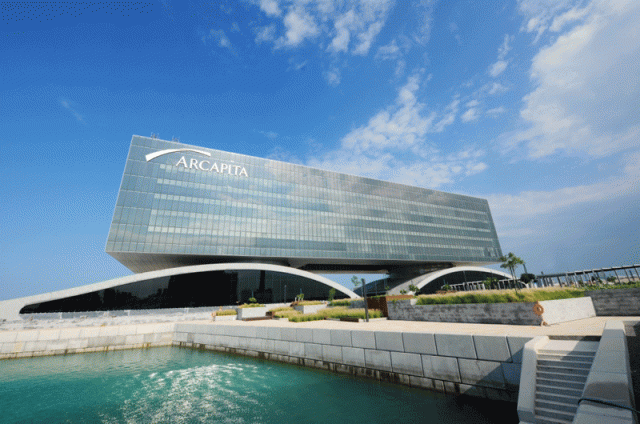The building construction industry is an industry with long planning horizons, long execution cycles and a business model which rewards, with reason, a very low risk appetite. Timely delivery of a multi-year project to specification and on budget is what counts. Everything else is subservient, says Anton Hofland of 2024Sight, Inc.
What does that mean for the adoption of innovative technology? It means people will make critical technology decisions based on their experience, knowledge and understanding of the state of technology as it is at the design stage of the project often many years before completion. Therefore, the adoption of new technology in the construction industry may be delayed by years or maybe even a decade instead of weeks and months as is customary in the IT industry.
Building controls were traditionally implemented by means of discrete controllers, capable of managing at best a handful of variables. In the 1990’s PCs entered the field and many control systems moved to software. Since then buildings have become ‘smarter’ by having more sensors, automated monitors and controls. However, in terms of the technology adoption lifecycle at the turn of the millennium smart buildings were still in the relatively clunky ‘Innovator’ stage.
Technology adoption lifecycle (from Geoffrey A. Moore, Inside the Tornado, 1995)
Towards the end of the first decade in the new millenium ‘smarter’ buildings were completed in which technology had an impact on the construction project as a whole. Visionary clients started driving technology adoption if only to ensure that the project itself remained feasible within the constraints of its design and operational cost after handover were optimised. From my own experience the Arcapita Headquarters project in Bahrain is an example of a ‘smarter’ building. The main beneficiary was Facilities Management which shifts from a reactive to proactive business model, thereby reducing operating cost while improving service delivery to the building’s occupiers. But implementation was fraught with challenges due to technology interoperability issues, the lack of mature toolsets and the unfamiliarity with the concept of technology being part of the construction process. These were clearly ‘Early Adopter’ days.
Recently the headquarters of the Conrad N. Hilton Foundation in Agoura Hills, CA, has been completed. This project represents in my view the next stage in technology adoption. Mainstay of the project is the technology which has been used to design, test and commission, operate and continuously optimise the building. The project makes extensive use of sensors and actuators (Internet of Things), as well as big data analysis toolsets, which have been developed for this purpose in the last few years. With this building we have jumped the technology lifecycle chasm; we are starting to move to the ‘Early Majority’ stage. In this stage of the technology adoption lifecycle the Internet of Things and the big data toolsets will rapidly become a well-accepted and integral part of any construction process. Observe though that technology adoption does not necessarily reduce construction cost or reduce the perceived project risk, but it will improve service delivery to the ultimate occupiers and enable optimisation of operating cost, typically a client’s main motivation.

Because benefits of technology implementation are in the main realised after building handover, it should be obvious that the client is the only party with an interest in ‘Internet of Things’ style technology adoption. Hence, instead of being hands-off during design and construction of a building, the client needs to be deeply involved throughout the entire design and construction process. That will drive further acceptance of ‘Smart Buildings’. The Conrad N. Hilton Foundation headquarters is only the beginning.
The author of this blog is Anton Hofland, director and CEO of 2024Sight, Inc.











